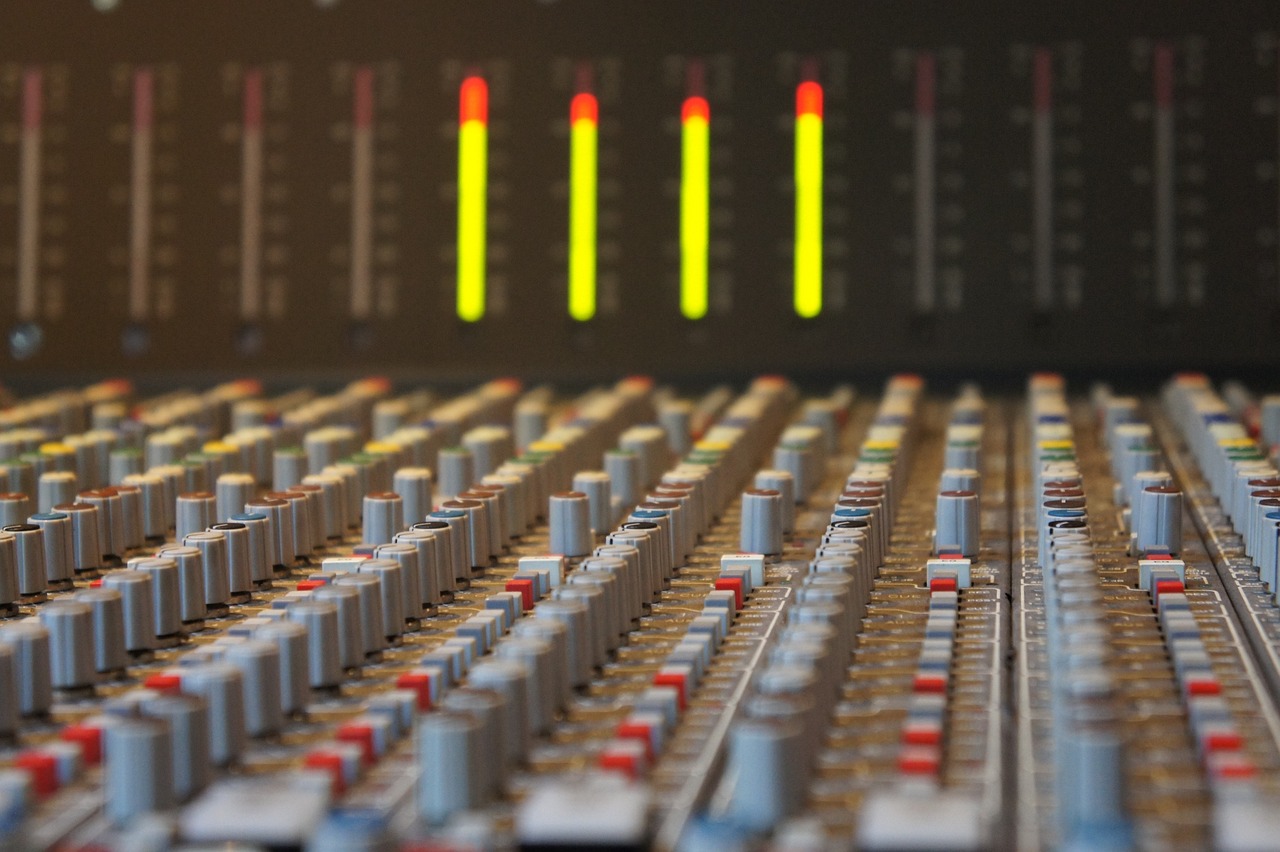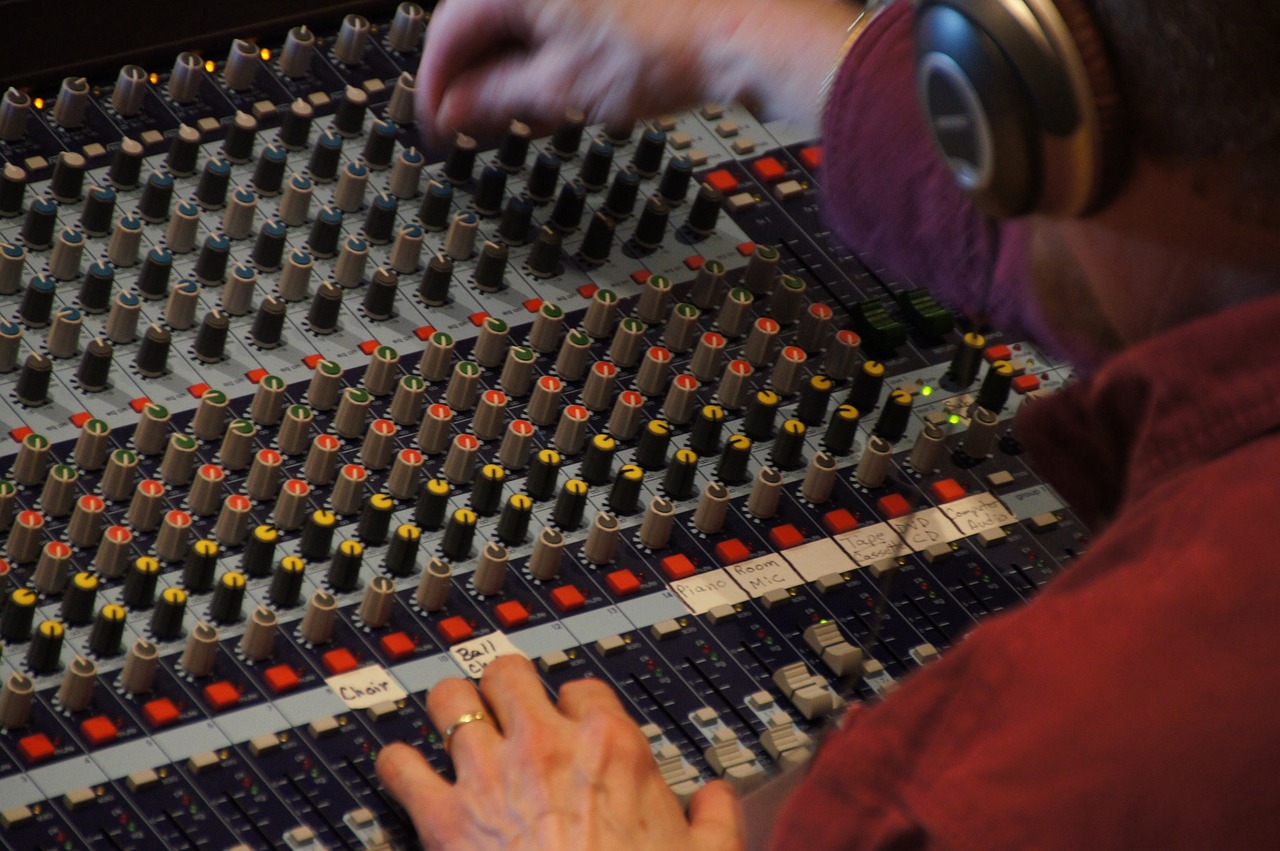Music equalization, or EQ, is the process of adjusting the balance between different frequency components within an audio signal. It is a powerful tool used in music production and audio engineering to shape the sound of a recording, enhance or reduce specific frequencies, and improve overall audio quality.
EQ works by adjusting the volume levels of different frequency bands, from low to high, in an audio signal. The low frequencies, such as bass and drums, occupy the lower part of the spectrum, while high frequencies, such as cymbals and vocals, occupy the higher part of the spectrum. By adjusting the levels of these different frequency bands, you can control the overall sound and create the desired tonal balance.
One of the main benefits of using EQ is to correct any frequency imbalances in a recording. For example, if a recording has too much bass, you can use EQ to reduce it. Similarly, if a recording lacks high-end frequencies, you can use EQ to boost it. This helps to create a more balanced and polished sound, making the overall audio quality better.
EQ is also used to enhance specific frequencies to highlight certain elements in a recording. For example, you can use EQ to boost the mid-range frequencies of a vocal track to make it stand out, or to cut the low frequencies of a guitar to reduce muddiness. EQ can be used creatively to shape the sound of a recording and make it sound unique.

How can equalization be used?
The uses of equalization (EQ) in audio production and engineering include:
- Correcting frequency imbalances: EQ can be used to balance the levels of different frequency bands in a recording, correcting any imbalances such as too much bass or not enough high-end frequencies.
- Enhancing specific frequencies: EQ can be used to boost or reduce specific frequencies to bring out certain elements in a recording, such as the vocals or instruments.
- Shaping the sound: EQ can be used creatively to shape the sound of a recording, making it sound unique and customizing it to your desired taste.
- Improving overall audio quality: EQ can be used to improve the overall audio quality of a recording by reducing unwanted noise or artifacts and correcting any tonal issues.
- Tailoring sound for different playback environments: EQ can be used to tailor the sound of a recording for different playback environments, such as home theaters or car audio systems.
- Removing feedback: EQ can be used to reduce feedback by cutting specific frequencies that are prone to causing feedback in live sound reinforcement systems.
Overall, EQ is a versatile and essential tool in audio production, providing the means to control and shape the sound of a recording.
Types of EQ
There are several types of equalization (EQ) used in audio production and engineering, including:
- Graphic EQ: A graphic EQ uses a series of fixed frequency bands that can be adjusted independently to control the levels of specific frequency ranges.
- Parametric EQ: A parametric EQ provides more precise control over specific frequencies, allowing for adjustment of center frequency, bandwidth, and gain.
- Shelving EQ: A shelving EQ adjusts the level of all frequencies above or below a certain cutoff frequency, either boosting or cutting the entire range.
- High-Pass/Low-Pass Filter: A high-pass or low-pass filter is a type of EQ that removes or reduces frequencies above or below a certain cutoff frequency, respectively.
- Notch Filter: A notch filter is a type of EQ that specifically targets and cuts a narrow frequency range to reduce unwanted noise or feedback.
- Baxandall EQ: A Baxandall EQ is a type of shelving EQ that uses specific gain and slope characteristics to provide smooth, musical equalization.
Each type of EQ has its own unique strengths and weaknesses, and the type of EQ used can greatly impact the sound of a recording. Choosing the right type of EQ for a specific situation requires a good understanding of how each type works and what it can achieve.

Analog vs digital EQ
Analog and digital equalization (EQ) are two distinct methods of adjusting the balance between different frequency components in an audio signal. Both have their own unique benefits and drawbacks, and the choice between analog and digital EQ can greatly impact the sound of a recording.
Analog EQ uses analog circuits to process the audio signal, which typically results in a warm and natural sound. Analog EQs often provide a smooth and musical equalization, with a more gradual and subtle effect compared to digital EQs. They are also less prone to introducing noise and other digital artifacts.
Digital EQ, on the other hand, uses digital algorithms to process the audio signal, which provides a more precise and accurate adjustment of the frequency spectrum. Digital EQs offer more flexibility and control, with a wider range of options such as parametric EQ and high-pass/low-pass filters. They also allow for recall of saved settings and automation, making it easier to apply consistent EQ across multiple tracks.
Ultimately, the choice between analog and digital EQ depends on the desired sound and the specific needs of a particular recording. Some engineers prefer the warm and natural sound of analog EQ, while others prefer the precision and control of digital EQ. Both analog and digital EQs have their place in audio production, and the right choice will depend on the desired outcome and the specific needs of the recording.
Let’s listen to some examples…
Here we have some examples of different types of EQ and their uses in audio production and engineering.
- High Shelf EQ – Add Clarity
- Original:
-
- High Shelf EQ:
- Low Pass Filter – Sound Design
- Original:
-
- Low Pass Filter:
- Parametric EQ – Remove Muddiness
- Original:
-
- Parametric EQ:
In summary, music equalization is a fundamental aspect of audio production that allows you to control and shape the sound of a recording. It is a powerful tool for correcting frequency imbalances, enhancing specific frequencies, and improving overall audio quality. Whether you’re a professional audio engineer or a beginner music producer, understanding how to use EQ is essential for creating great-sounding music.






 50 Industry Music Production Tips You Must Know
50 Industry Music Production Tips You Must Know




